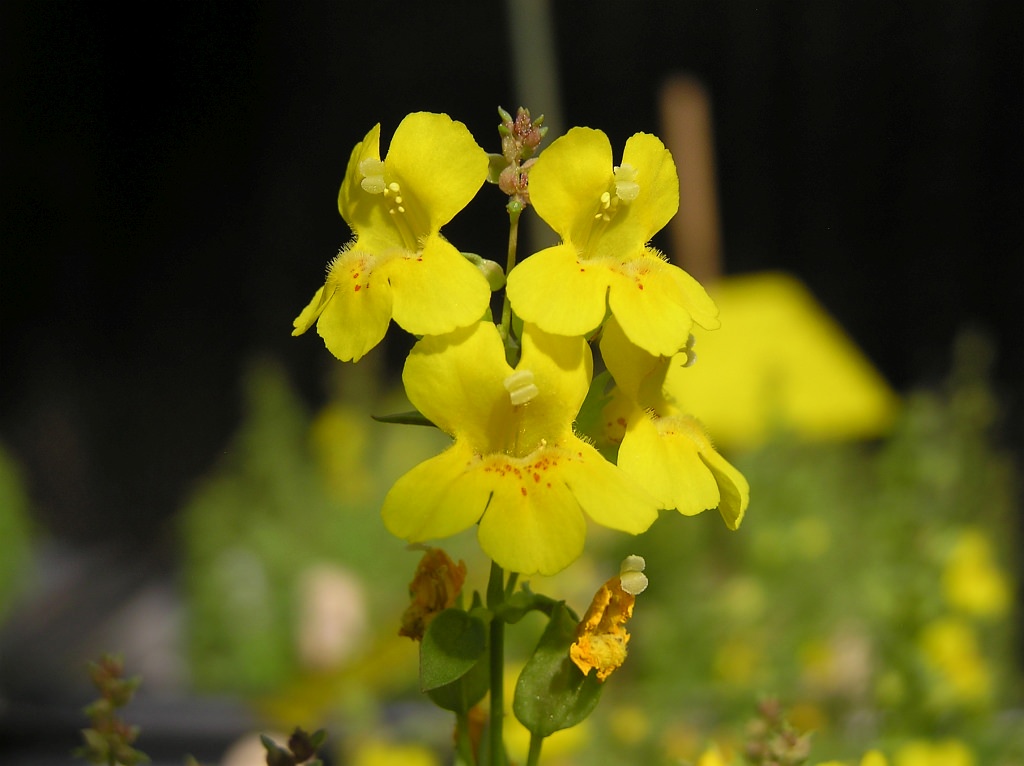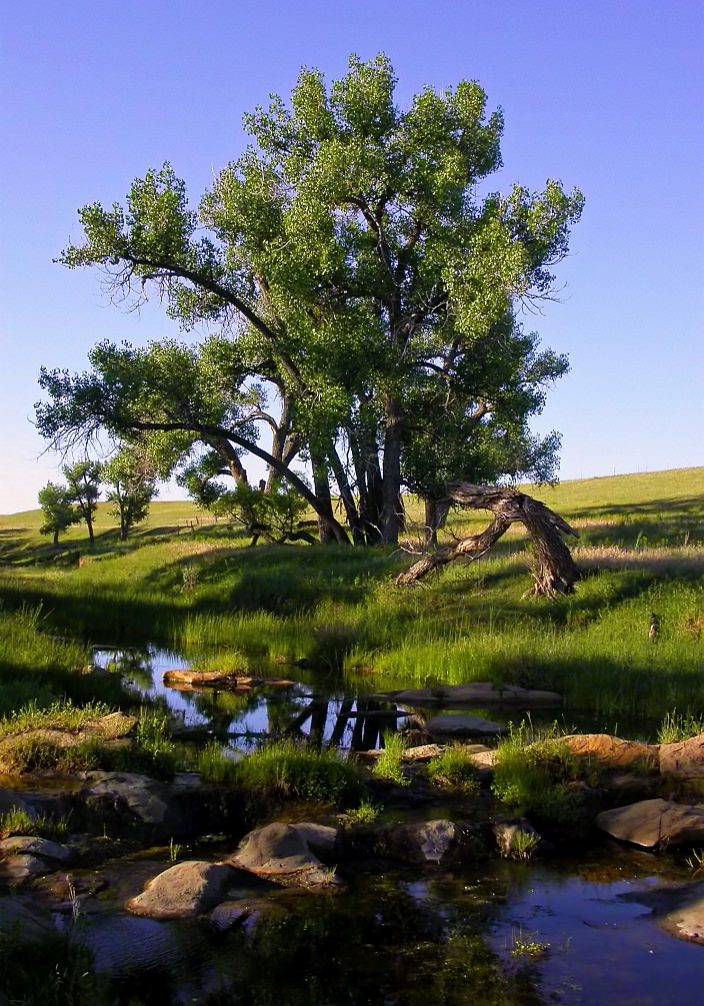One of CNHP's core research activities is managing a statewide database that details the locations of rare and imperiled species and natural plant communities in Colorado. We gather data from CNHP surveys and monitoring projects, as well as from partners and other trusted sources like herbariums. All of our data are compiled and managed in the Biodiversity Information Management System (Biotics), a web-enabled database platform hosted by NatureServe. The species and natural plant communities we track are assigned global and state imperilment ranks based on rarity, threats, and trends, and their locations are mapped as element occurrences. Element occurrences include spatial data as well as details on condition, size, and landscape context. This information allows us to track both overall distribution and site-specific details describing how well elements are thriving at each location. We use element occurrences to delineate Potential Conservation Areas that represent the primary area needed to support the element occurrences, and often include additional suitable habitat or buffers from disturbance.

Informed management can alleviate stressors to Colorado's most vulnerable biological resources. Using CNHP data, our partners can focus on the most intact and thriving biological hotspots or identify degraded landscapes contributing to our natural heritage that could benefit from management changes or restoration.
Let CNHP data bolster your conservation work and request data now.
Click a link below for details.
CNHP is part of the NatureServe Network, an international group of conservation professionals all collecting data in the same way. We work locally but with a global understanding thanks to the power of the network. Our data feed directly into the global dataset served on NatureServe Explorer.
View definitions here for the data types listed below.
CNHP's collection of rare plant data is truly amazing and unlike any other botanical resource in the state. Colorado has a unique botanical diversity with over 200 globally rare plants, many of which are endemic to Colorado. Some are even restricted to several counties. Unusual geology creates habitat for many of these most imperiled plants. CNHP tracks both vascular and non-vascular plants, like mosses and lichens. A handful of plants on our tracking list are "watched" and mapped only as observations. Our Biotics database has more mapped locations for plants than any other major group.

- Number of Plants on CNHP’s Tracking List: 785
- Number of Plant Element Occurrences: 6,786
- Number of Plant Source Features: 25,071
- Number of Plant Observations: 1,512
- Total Number of Mapped Locations for Plants: 26,583
[Last Updated: July, 2024 ]
CNHP tracks Colorado's rarest and declining wildlife, some of which are very rare or endangered. About 75 animals we track have some sort of federal or state threatened and endangered status. Much of the wildlife we track however, are globally secure yet uncommon or declining in the state overall, or uncommon during the breeding season. We collect data on all vertebrate groups and some invertebrates, like insects and mollusks. Animals are more difficult to survey than plants and the condition of specific populations is often harder to quantify during rapid ecological assessments. Typically, we document presence and only assess condition with long-term monitoring.

- Number of Animals on CNHP’s Tracking List: 347
- Number of Animal Element Occurrences: 5,743
- Number of Animal Source Features: 12,848
- Number of Animal Observations: 3,792
- Total Number of Mapped Locations for Animals: 16,640
[Last Updated: July, 2024 ]
Natural plant communities tracked by CNHP are equivalent to U.S. National Vegetation Classification plant associations, a lower level of the classification system based on diagnostic and/or dominant species. There are over 800 different plant associations in Colorado and no complete statewide map of vegetation at this level. CNHP tracks most plant associations in the state, including about 200 rare and imperiled types. We have two tracking levels for natural plant communities. Globally rare or state imperiled communities are fully tracked. CNHP collects data on all known occurrences, including degraded sites. Communities that are common in Colorado and beyond are partially tracked. Only the highest quality occurrences are maintained in our Biotics database. Prioritizing data collection in this way helps us focus on the most vulnerable and healthiest natural plant communities in Colorado.

- Number of Natural Plant Communities on CNHP’s Tracking List: 803
- Number of Natural Plant Community Element Occurrences: 3,615
- Number of Natural Plant Community Source Features: 5,252
- Number of Natural Plant Community Observations: 237
- Total Number of Mapped Locations for Natural Plant Communities: 5,489
[Last Updated: July, 2024 ]




